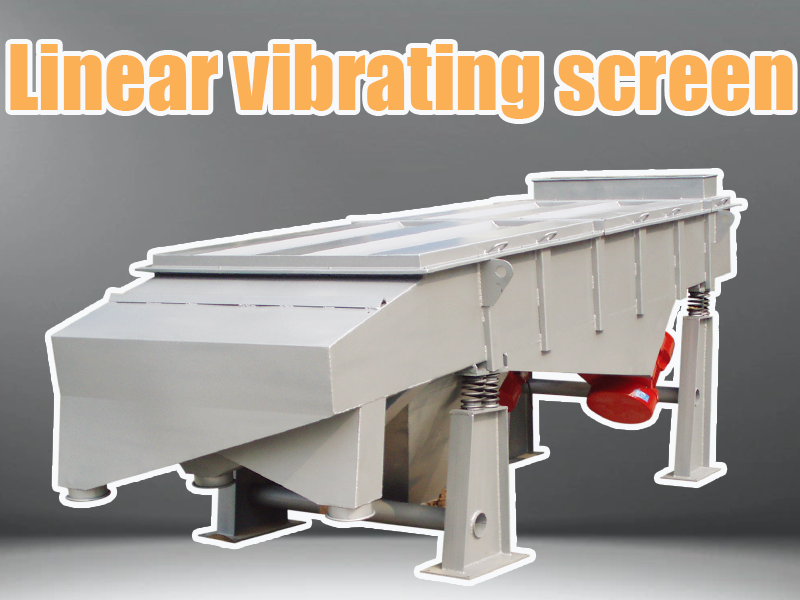Potash feldspar linear vibrating screen – meets the requirements of product particle size.
Post Date: 2025-05-12
Potash feldspar is a key industrial mineral used in glassmaking, ceramics, and as a filler in various industries. It requires precise particle size classification to ensure quality and performance in downstream processes. Among various screening equipment, the linear vibrating screen stands out for its high efficiency, stable performance, and suitability for dry or wet material separation.

- Overview of Linear Vibrating Screen Technology
The linear vibrating screen is a double vibration motor-driven screening device with a horizontal or inclined deck and adjustable amplitude. It operates with linear motion, allowing material to move evenly and quickly across the screen surface, ensuring effective separation.
Key features include:
- Dual motors for symmetrical linear vibration
- Adjustable vibration amplitude and frequency
- Multi-layer screen decks for grading different particle sizes
- Steel or polyurethane screen mesh depending on application
In feldspar processing, linear screens are typically placed after crushers and grinders to classify material into fine, medium, and coarse fractions.
- Why Potash Feldspar Requires Precision Screening
Potash feldspar is usually mined from pegmatites or alkali granites and processed through crushing, grinding, and classification. The end-use industries demand tight particle size ranges:
- Glassmaking: 100–500 µm
- Ceramics: 75–250 µm
- Fillers and abrasives: <100 µm
To meet these specifications, accurate and high-capacity screening is essential. Linear vibrating screens enable dry screening down to 75 µm and wet screening below 50 µm with high throughput.
- Advantages of Linear Vibrating Screen for Potash Feldspar
A. High Screening Efficiency
Linear vibrating screens offer high vibration acceleration, which allows for quick movement of potash feldspar particles and prevents clogging. Screening efficiency typically reaches above 90%, depending on feed moisture and mesh size.
B. Multi-Layer Design
Screens with 2–4 layers can simultaneously produce multiple grades of feldspar, increasing yield and reducing the need for secondary processing.
C. Adjustable Settings
Amplitude and frequency can be fine-tuned to suit feldspar’s specific particle behavior and moisture content. For dry screening, higher amplitude helps fluidize the material and prevent agglomeration.
D. Large Throughput Capacity
A standard 1500 mm × 5000 mm linear screen can handle 10–25 tons/hour of potash feldspar, depending on particle size and deck configuration. For high-volume operations, twin-deck units can process 30+ tons/hour.
E. Low Maintenance and Energy Consumption
With simple structure and wear-resistant parts, the screen requires limited maintenance. Power consumption typically ranges from 2 × 3.7 kW to 2 × 7.5 kW, making it energy-efficient for 24-hour mineral processing lines.

